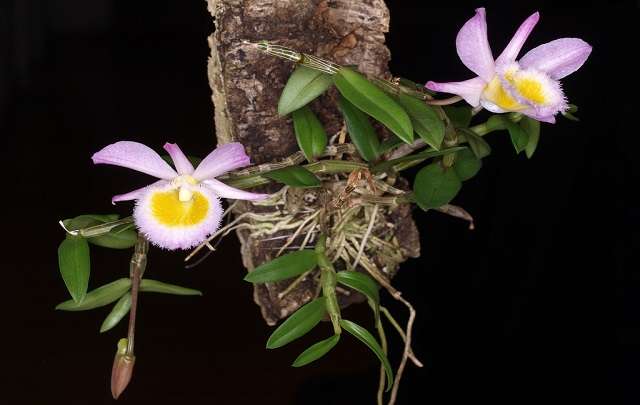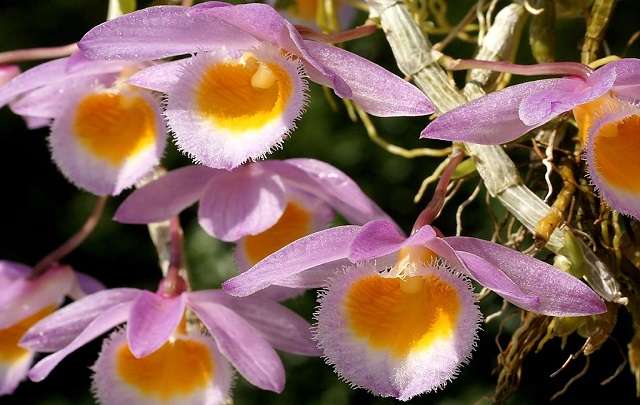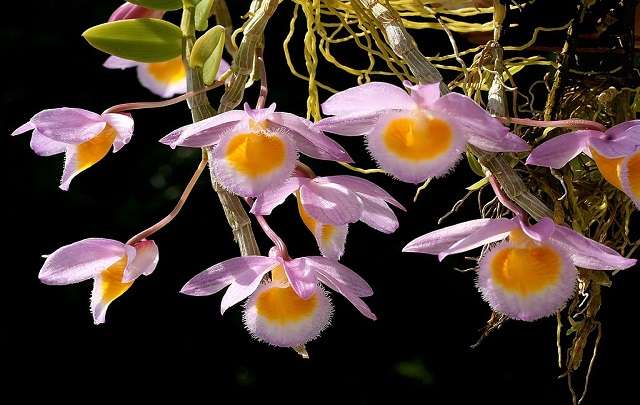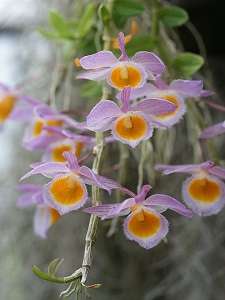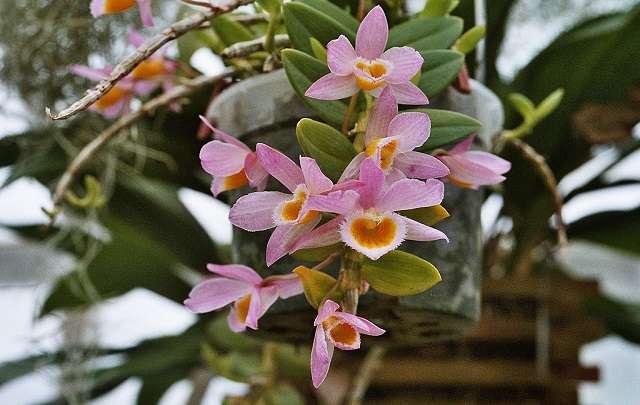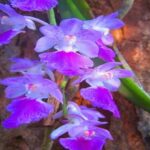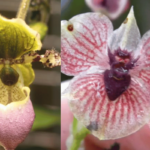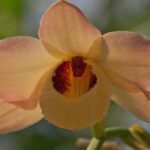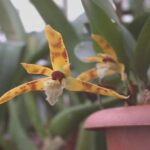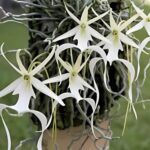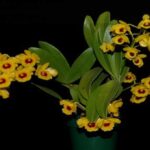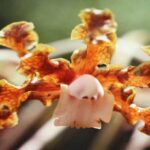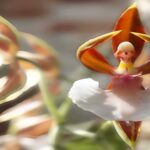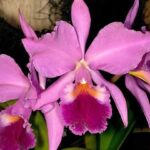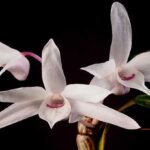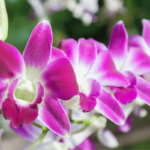The dendrobium loddigesii is one of the most famous plants in the dendrobium genus.
Well-known for its flowers resembling a doll’s eye, dendrobium orchids are highly admired in the world of orchid enthusiasts.
Discovered in 1887 by Robert Allen, an English botanist who devoted his life to studying orchids.
He was the first curator of the orchid herbarium at the Royal Botanic Gardens, Kew, founded the journal The Orchid Review, and published many works on hybrids of different orchid species.
This orchid is recommended for the majority of growers due to its easy cultivation and rapid growth.
Therefore, if you want to learn more about the characteristics and especially about the cultivation of dendrobium loddigesii, keep reading.
Learn How to Achieve Super Blooms on Your Orchids
🛑 If you love orchids and you're tired of not being able to make them bloom...
Then, know that thousands of beginner growers are achieving beautiful flowers on their orchids by following this method.
Click the button below to have beautiful orchids with show-worthy flowers every year. ⤵
Characteristics
Like other dendrobiums, this plant is native to Asia, especially the following countries:
- China
- Vietnam
- Laos
It can be found in various forms, on trees (epiphyte), on rocks (lithophyte), and even on the ground (terrestrial).
Its natural habitat can be described as:
- Humid forests
- Altitudes between 900 to 1600 meters (2953 to 5249 feet) above sea level
- High humidity
Knowing this information is necessary for you to better understand how to cultivate this species.
Dendrobium loddigesii is a small orchid, usually not exceeding 30 cm (11,81 inches).
Its name was a tribute to Joachim Conrad Loddiges, a German botanist.
Flowers
Now that you’ve learned about the main characteristics of this plant, let’s understand and appreciate its flowers a bit more.
This orchid blooms in late autumn and early spring.
Its flowers typically have these characteristics:
- Last 15 days
- Have a light fragrance
- Measure between 3 to 5 cm (1,1 to 2 inches) in length.
When cultivating this dendrobium, you will notice that just before flowering, it loses almost all of its leaves.
Do not be alarmed, as this is normal for this dendrobium.
Cultivation of Dendrobium Loddigesii
As mentioned at the beginning of this article, cultivating this orchid is simple, but this can change.
If you live in an area where temperatures are higher, unfortunately, you will have problems cultivating dendrobium loddigesii because it is an orchid that prefers colder temperatures.
To learn more about how to cultivate it, keep reading.
Where to Plant
As mentioned, this is an orchid that can be lithophytic, epiphytic, or terrestrial, and in these three cases, the planting location is different.
But fortunately, the vast majority of orchid nurseries only sell epiphytic Dendrobium loddigesii, so we won’t address the other types.
Basically, it can be planted in the following locations:
- Trees
- Tied to trunks or boards
- Clay pots, plastic pots, or cachepots
Choose a location that makes your plant comfortable and easily accessible for you to cultivate.
Lighting
Lighting is the key factor for your orchids to bloom.
To find out the ideal lighting for your dendrobium loddigesii, you can follow these tips:
- If the leaves are darker green than normal, it means lack of light
- If the leaves are yellow or burned, it means excess light
To learn more about these and other signs that orchids offer us for cultivation, see the article spots on orchid leaves.
This dendrobium likes good brightness but avoid direct sunlight as much as possible.
The ideal for this plant is shading between 40 to 50%.
Potting Mix
Potting mixes help to provide what orchids cannot do alone.
For example, an orchid that cannot retain moisture well will like a potting mix with good moisture retention.
In the case of this dendrobium, it is recommended to have a potting mix with excellent drainage and that also allows the roots to “breathe”.
Some options for this orchid are:
- Charcoal
- Pine bark
- Wood pieces
- Sphagnum moss
Watering and Fertilizing
Watering for this orchid is straightforward, and you should only follow the tips below:
- Shortly before flowering (plant without leaves): greatly reduce or suspend watering
- During and after flowering: water when the potting mix dries
Regarding fertilization, it should be done every 15 days, except in the period before flowering.
To fertilize them, you can use organic or chemical fertilizers.
Do You Want to Learn How To Keep Your Orchids Healthy And Ready to Bloom Every Year?
So, I prepared a complete guide, step by step and illustrated, that will show you:
• The secrets to getting beautiful flowers every year
• How to fight and identify pests and diseases on your orchids
• THE MAGIC SUBSTANCE for orchids and how to use it
• And much, much more.
The great news is that the manual is now available at a super discount!!
But beware, it's only for the first buyers.
Click on MORE INFORMATION below and discover the secrets to show-worthy flowers. 👇
Temperatures
Finally, let’s talk about the most “complicated” factor in cultivating this orchid, temperature.
Basically, Dendrobium loddigessi likes cooler or moderate temperatures.
Therefore, if you live in colder regions, this orchid will be easy to cultivate.
Ensure that the average temperature stays between 7°C to 30°C (45°F to 86°F), and in the morning, the temperature should be at least 4°C (39,2°F) higher than at night.
Conclusion
If you are a beginner grower and are unsure where to start with orchids, this can be a great option.
But if you want to learn more about other orchids, below I have listed some articles that might interest you.
- Orchid Care for Beginners
- Dendrobium Fimbriatum
- Dendrobium Nobile
- Cooktown Orchid (Dendrobium bigibbum)
And if you liked this article, help us reach more people by sharing it on your social networks.

